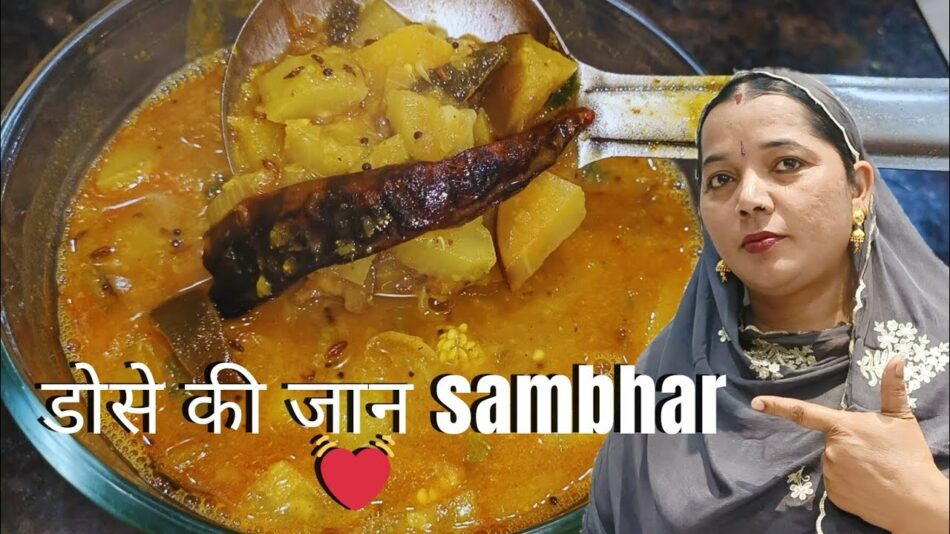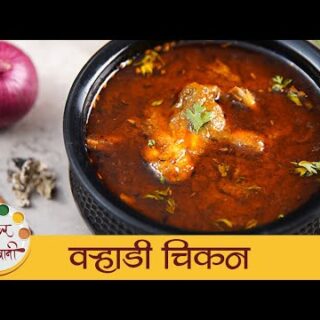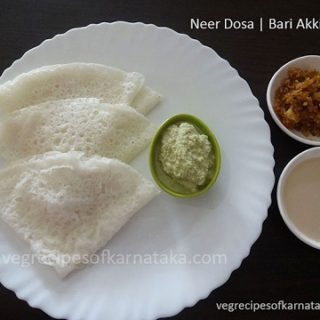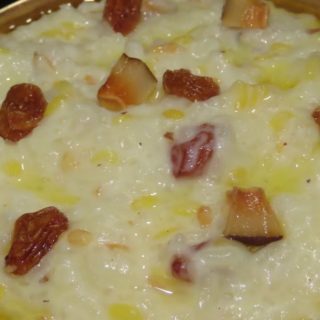ਆਸਾਨ ਤਰੀਕੇ ਨਾਲ ਝਟਪਟ ਸਾਂਭਰ ਬਣਾਓ | sambhar banane ki recipe | sambhar recipe
Description :
Sambar is a popular and flavorful South Indian stew or soup known for its distinctive taste and versatility. It’s a staple in South Indian cuisine and is often served as an accompaniment to rice, dosa (a type of crepe), idli (steamed rice cakes), or vada (fried lentil fritters). Here’s a brief description of sambar:
1. **Base Ingredient**: The primary component of sambar is toor dal (split pigeon peas), which is cooked to a soft and creamy consistency. It forms the base of the dish and provides a creamy texture.
2. **Vegetables**: Sambar typically includes a variety of vegetables, such as carrots, drumsticks, okra, eggplant, and pumpkin. These vegetables add color, flavor, and nutrition to the dish.
3. **Tamarind**: Tamarind paste or pulp is a key ingredient that imparts a tangy and slightly sour flavor to sambar. It balances the richness of the dal and complements the vegetables.
4. **Spices and Seasonings**: Sambar is seasoned with a blend of spices. This includes a unique sambar powder, which is a mixture of roasted spices like coriander seeds, chana dal, cumin seeds, dried red chilies, fenugreek seeds, and asafoetida. Mustard seeds, fenugreek seeds, and curry leaves are often used for tempering, adding a fragrant aroma to the dish.
5. **Aromatic Elements**: Ingredients like green chilies, onions, and tomatoes are sautéed to create a flavorful base. The combination of these ingredients gives sambar its savory and slightly spicy taste.
6. **Garnishes**: Fresh coriander leaves are commonly used to garnish sambar before serving. They add a burst of freshness and color to the dish.
7. **Serving**: Sambar is traditionally served hot and is poured over steamed rice or served as an accompaniment to various South Indian snacks like dosa, idli, or vada. It can also be enjoyed as a soup.
8. **Regional Variations**: Sambar can have regional variations in South India, with different states and communities having their own unique recipes and preferences. For example, the choice of vegetables and the spice level may vary.
Overall, sambar is a delightful, nutritious, and satisfying dish that captures the essence of South Indian cuisine with its blend of flavors and textures. It strikes a balance between spiciness, tanginess, and creaminess, making it a favorite among many food enthusiasts.
Sure, here’s a basic recipe for making South Indian Sambar:
#sambhar
#sambharrecipe
#sambharmasalarecipe
#punjabivillagefoodfactory
#vegvillagefood
#punjabicookingrecipes
#punjabicooking
#yumtadkapunjabicooking
Ingredients:
– 1 cup toor dal (split pigeon peas)
– 1 cup mixed vegetables (such as carrots, drumsticks, okra, eggplant, and pumpkin), chopped
– 1 small onion, chopped
– 2-3 ripe tomatoes, chopped
– 2-3 green chilies, slit
– 1/2 tsp turmeric powder
– 1 tsp sambar powder (adjust to taste)
– 1/2 tsp red chili powder (optional, adjust to taste)
– 1 tsp mustard seeds
– 1/2 tsp fenugreek seeds
– A pinch of asafoetida (hing)
– A few curry leaves
– 2-3 tbsp tamarind paste or pulp
– 2 tbsp oil
– Salt to taste
– Fresh coriander leaves for garnish
For Sambar Powder (you can also use store-bought):
– 2 tbsp coriander seeds
– 1 tbsp chana dal (split chickpeas)
– 1/2 tsp cumin seeds
– 6-8 dried red chilies (adjust to taste)
– 1/4 tsp fenugreek seeds
– 1/4 tsp asafoetida (hing)
Instructions:
1. Wash the toor dal thoroughly and pressure cook it with 2 cups of water, turmeric powder, and a drop of oil until it’s soft and mushy.
2. In a separate pan, dry roast the ingredients for the sambar powder until they turn aromatic. Allow them to cool and then grind them into a fine powder.
3. Heat oil in a large pot or pan. Add mustard seeds and let them splutter. Add fenugreek seeds, asafoetida, and curry leaves.
4. Add chopped onions and green chilies. Sauté until onions become translucent.
5. Add chopped tomatoes and cook until they turn mushy.
6. Add the chopped vegetables, sambar powder, red chili powder (if using), and salt. Mix well.
7. Add tamarind paste and water. Let the mixture simmer until the vegetables are cooked.
8. Once the vegetables are cooked, add the cooked dal and mix well. Adjust the consistency by adding more water if needed.
9. Let the sambar simmer for a few more minutes, allowing all the flavors to meld together.
10. Garnish with fresh coriander leaves and serve hot with steamed rice or idli/dosa.
Enjoy your homemade South Indian Sambar! Adjust the spiciness and thickness to your preference.
| Date Published | 2023-09-23 05:40:03 |
| Likes | 72 |
| Views | 1615 |
| Duration | 6:33 |













